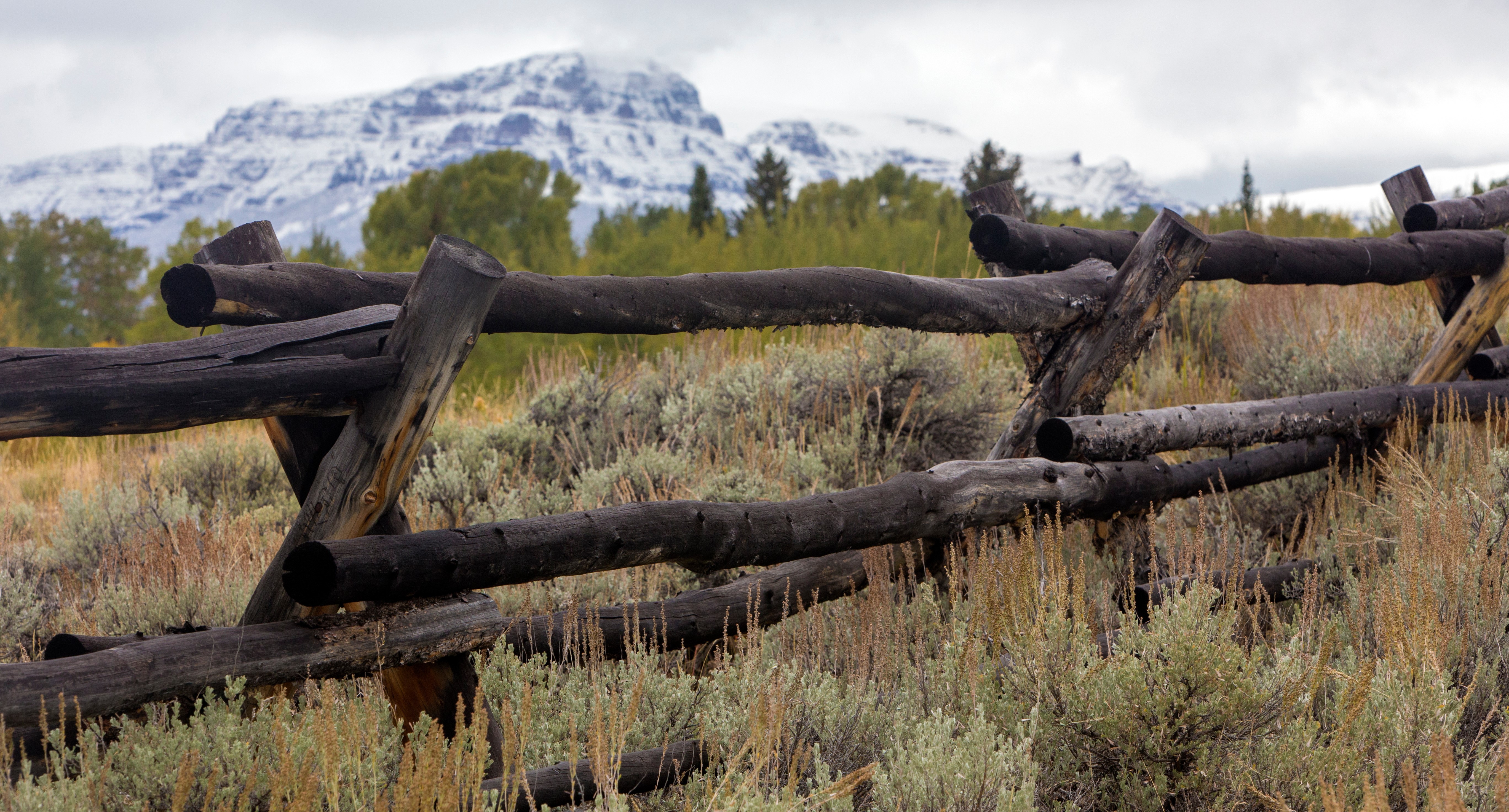When we think of the best of America, we think of the West. Wide, open spaces, frost on the sagebrush, and even the image of a cowboy riding across the range are iconic images that many Americans envision when they think about the land of promise and opportunity.
The desire to freeze those spaces in time has led some in Presidents and members of Congress to designate these places as special. Why are these areas so beautiful and bountiful? Hundreds of years of management by ranchers and landowners has carefully cultivated these landscapes into healthy, productive ecosystems. Ranchers have a front-row seat to ecosystem changes and can respond to their needs much faster than federal agencies after the lands are designated as “special”.
Unfortunately, these special designations inevitably result in the curtailing of land use. Grazing, road maintenance, logging, water improvements, firefighting ability, and even visitation from the public can all be curtailed.
National Monuments
The Antiquities Act of 1906 gave presidents the ability to designate National Monuments. The goal was clear: the President should be able to protect particularly historic places or items of scientific interest as part of the powers of the office. That power was constrained to be “confined to the smallest area compatible with the proper care and management of the objects to be protected.”
Over time, National Monument designations have strayed far from the “smallest area compatible”. The Biden administration designated more than 1.5 million acres as national monuments. The creation of the Baaj Nqaavjo I’tah Kukveni (Ancestral Footprints of the Grand Canyon National Monument) in 2024 resulted in the loss of nearly 40,000 acres of grazing land in Arizona.
Of the 274 monument proclamations in the history of the Antiquities Act, the last 4 presidents have accounted for 78 of them. More than 100 million acres are managed as monuments in the United States – that’s more than 156,000 square miles – that’s bigger than Montana and nearly the size of California! Monuments in the West restrict land uses like grazing, logging, fire prevention, fencing, and other uses.
PLC Recommendations
When establishing monuments, stick to the smallest area possible. Some monuments are as small as 0.34 acres – just the size of a house! Even monuments that protect distinct features can be limited to a few land sections or townships, rather than designating a whole landscape.
Establish land designations through land use planning, rather than restrictive designations. Land use planning involves science, public input, and a process governed by law, not by the stroke of a pen. Activism and petitions should not drive land management designations.
Monument management plans should not remove grazing. Grazing is an important land management tool and should be used to promote ecosystem health. Sudden removal of grazing can shock a landscape, making it higher risk for fire and invasive species, and less suitable for wildlife. Additionally, grazing is an important legacy and heritage for the West. Removing grazing would be a detriment to that history, and to the ranchers who depend on these landscapes for their livelihoods.
Wilderness & Wilderness Study Areas
The BLM alone manages more than 10 million acres of Wilderness and 11.1 million acres of Wilderness Study Areas across the West. Both wilderness and wilderness study areas can provide solitude from busy areas but are at higher risk of degradation from a “hands-off” management approach. Management is limited by an inability to maintain fences, do fire prevention with anything but an axe and a shovel, and designations often infringe on private property rights.
Wilderness Study Areas (WSA) were always intended to be a temporary status. Failure by federal agencies to address WSAs – either by upgrading them to full Wilderness, or releasing them as multiple use lands, or identifying another designation – has left millions of acres in limbo. They’re not real wilderness, but they still face the same restrictions and are de facto wilderness all the same.
PLC Recommendations
Determine a final status for WSAs. These lands should not live in limbo as a result of a lack of political attention. PLC recommends creating a final status for all WSAs by taking the recommendations made when the WSA review was completed and returning lands not suitable for wilderness to multiple use.
Oppose wilderness designations that diminish grazing access and limit tools for land management. Given the challenges facing landscapes from fire and other hazards, additional lands where management is limited is a threat to ecosystem health.
Protect grazing and land management tools for existing wilderness. Particularly where there is fire risk, use grazing and the associated tools to reduce hazardous fuels, address invasive species populations, and restore land health.
Allow exceptions to motorized restrictions for grazing permittees to do hazardous fuels mitigation, fence repair, protect human health and safety, undertake predator control, and other emergent needs.
Protect state water rights. Too many new wilderness designations have resulted in infringement on state water law. PLC continues to oppose wilderness designations until the issue of reserved water rights is settled.
If establishing new wilderness, include consideration of economic outcomes of establishing wilderness.
